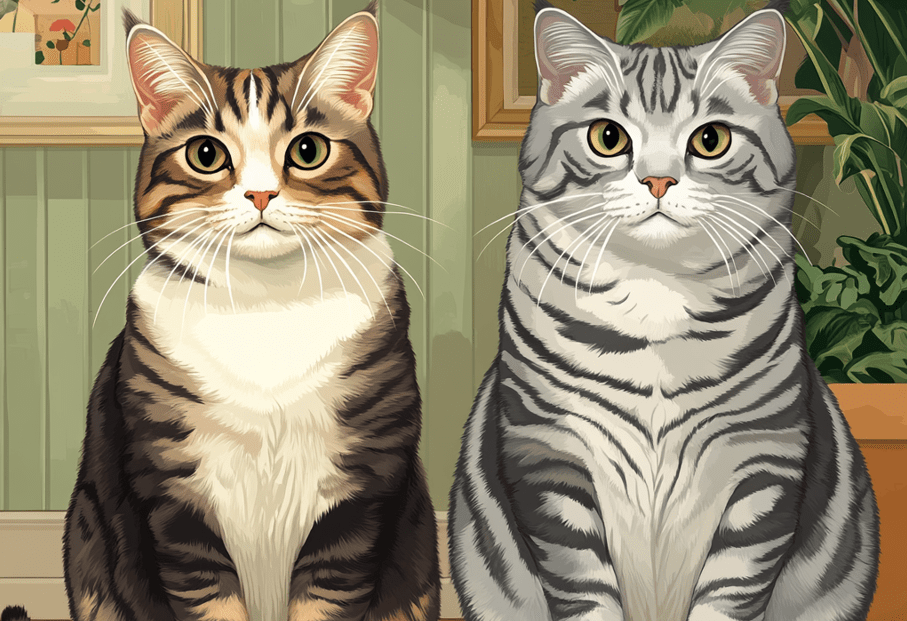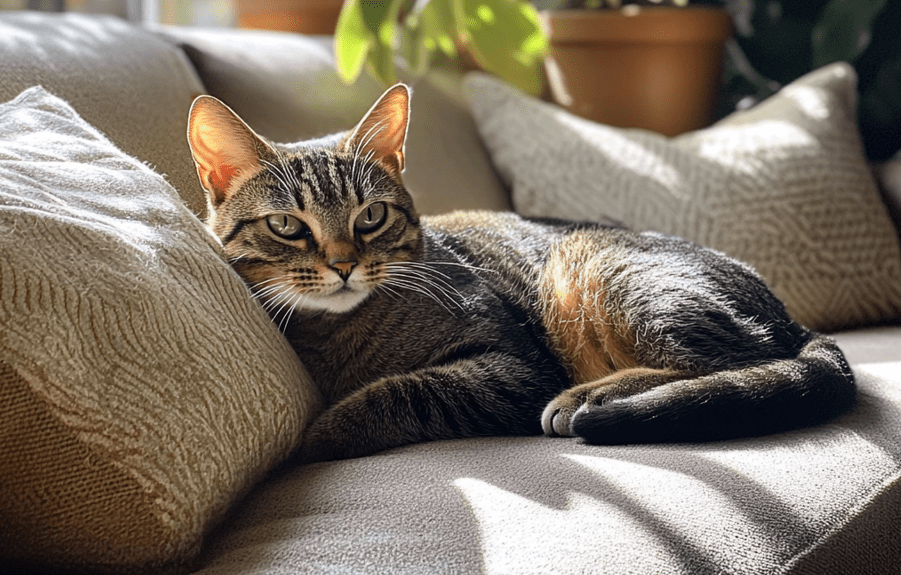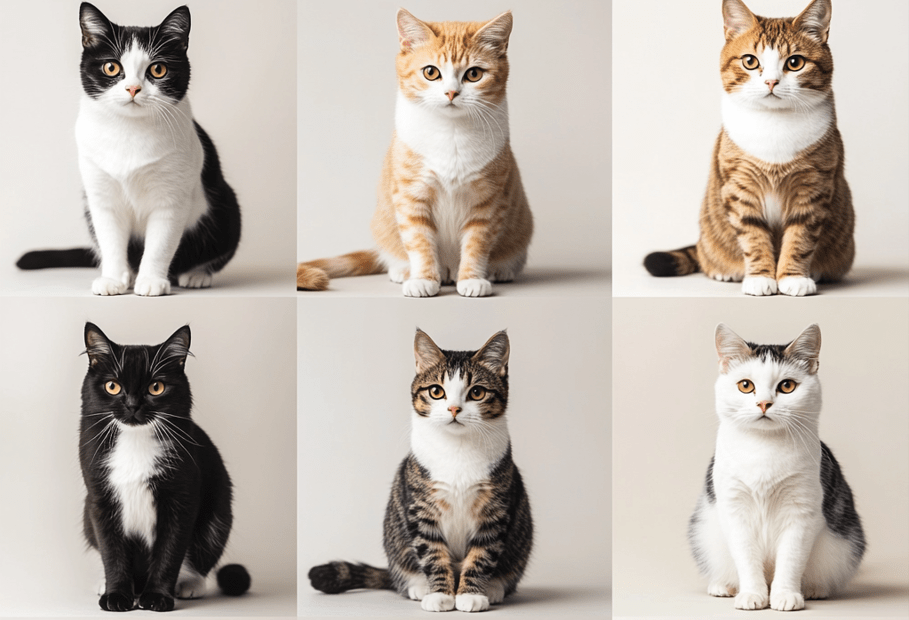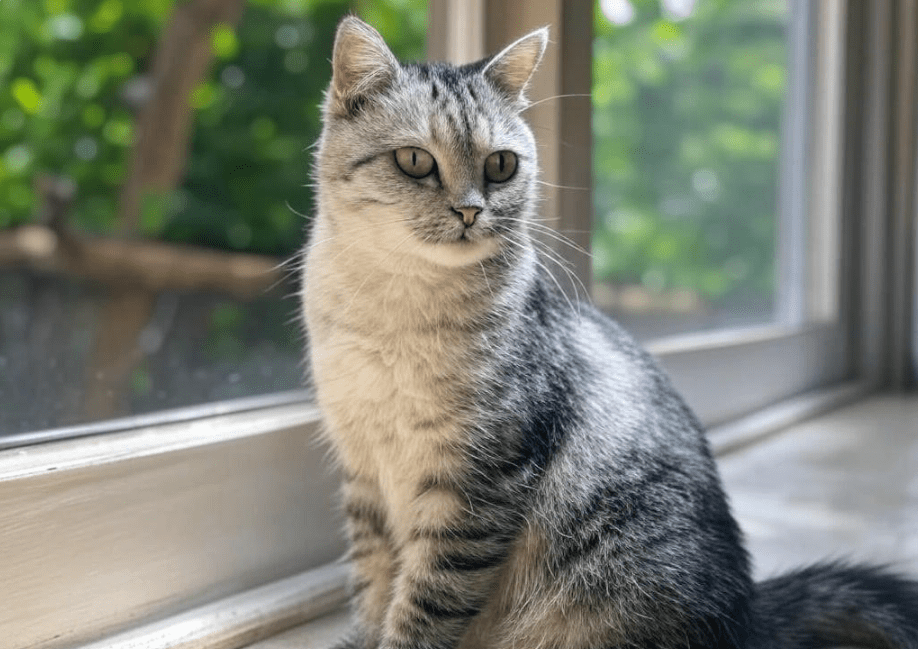
Choosing the right cat food for your Domestic Shorthair’s age is critical to ensuring their health, vitality, and longevity. Domestic Shorthairs, known for their playful demeanor and robust health, have unique nutritional needs that evolve as they age. From kittenhood to their senior years, the right diet supports their growth, energy levels, and overall well-being. This comprehensive guide will help you navigate the complexities of selecting age-appropriate cat food for your Domestic Shorthair, offering expert insights and practical tips to keep your feline friend thriving.
Understanding the Domestic Shorthair’s Nutritional Needs
Domestic Shorthairs are not a specific breed but a category of mixed-breed cats with short, dense coats. Their nutritional requirements are influenced by their age, activity level, and health status. A balanced diet for a Domestic Shorthair should include:
High-quality protein: Cats are obligate carnivores, requiring animal-based proteins for muscle development and energy.
Essential fats: Omega-3 and omega-6 fatty acids support skin, coat, and brain health.
Vitamins and minerals: These are vital for immune function, bone health, and metabolic processes.
Water content: Adequate hydration is crucial, especially for cats prone to urinary issues.
Taurine: An essential amino acid for heart and eye health.
As your Domestic Shorthair ages, their caloric needs, digestive capabilities, and health concerns shift, necessitating tailored nutrition.
Nutritional Needs by Life Stage
1. Kitten Stage (0–12 Months)
Kittens are bundles of energy, growing rapidly and developing their bones, muscles, and immune systems. Cat food for Domestic Shorthair’s age during this stage should be calorie-dense and rich in nutrients to support their development.

Key Nutritional Requirements:
High protein (30–40%): Supports muscle and tissue growth.
DHA (Docosahexaenoic Acid): Promotes brain and vision development.
Calcium and phosphorus: Essential for strong bones and teeth.
Calorie-dense formulas: Kittens need 2–3 times more calories per pound than adult cats.
Best Food Types:
Wet food: Provides hydration and is easier for kittens to chew.
Kitten-specific dry food: Formulated with smaller kibble sizes and higher nutrient density.
Balanced raw diets (if vet-approved): Mimics natural diets but requires careful preparation.
Feeding Tips:
1.Feed kittens 3–4 small meals daily to support their rapid metabolism.
2.Avoid adult cat food, as it lacks the calorie and nutrient density kittens need.
3.Transition gradually to new foods over 7–10 days to prevent digestive upset.
Recommended Brands:
1.Royal Canin Kitten
2.Hill’s Science Diet Kitten
3.Blue Buffalo Wilderness Kitten
2. Adult Stage (1–7 Years)
Adult Domestic Shorthairs are typically active and healthy, requiring a balanced diet to maintain their weight, energy, and overall wellness. Cat food for Domestic Shorthair’s age in adulthood should focus on preventing obesity while supporting muscle maintenance and organ health.
Key Nutritional Requirements:
Moderate protein (25–35%): Maintains lean muscle mass.
Controlled calories: Prevents weight gain, especially in neutered or less active cats.
Fiber: Supports digestive health and hairball control.
Antioxidants: Boosts immune function.
Best Food Types:
Wet food: Helps with hydration and urinary tract health.
High-quality dry food: Convenient and supports dental health when formulated with tartar-control properties.
Grain-free options (if needed): Suitable for cats with sensitivities, though not necessary for all.
Feeding Tips:
-
Feed 2–3 meals daily, adjusting portions based on activity level and body condition.
-
Monitor weight regularly, as Domestic Shorthairs are prone to obesity.
-
Provide fresh water at all times to encourage hydration.
Recommended Brands:
-
Purina Pro Plan Adult
-
Iams Proactive Health Adult
-
Wellness Core Grain-Free
3. Senior Stage (7+ Years)
As Domestic Shorthairs enter their senior years, their metabolism slows, and they may face age-related health issues like arthritis, kidney disease, or dental problems. Cat food for Domestic Shorthair’s age in this stage should be easy to digest and formulated to support joint, kidney, and heart health.
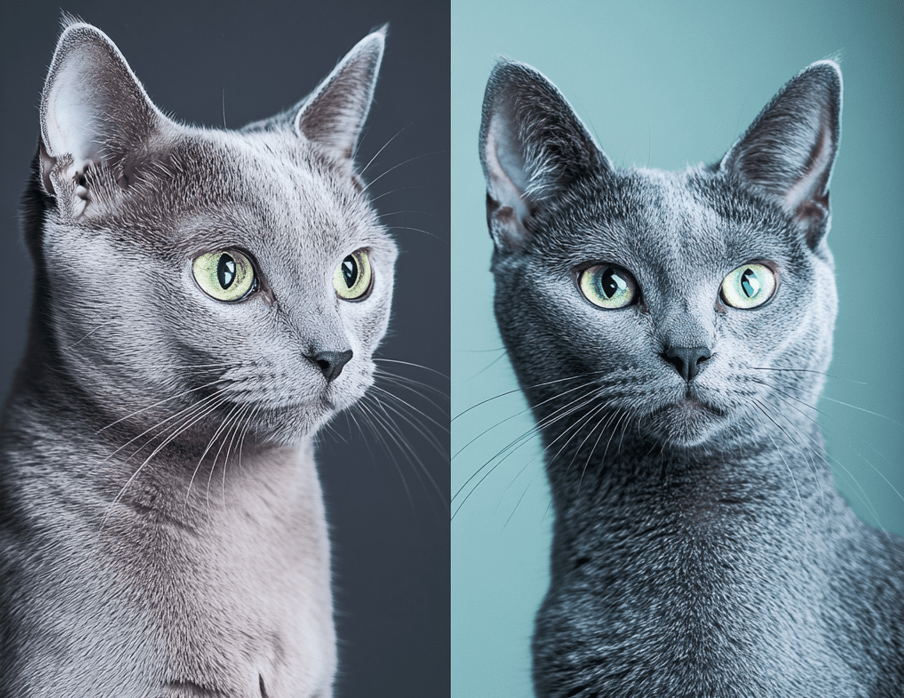
Key Nutritional Requirements:
High-quality, digestible protein (30–35%): Supports muscle maintenance despite reduced activity.
Lower calories: Prevents obesity in less active seniors.
Joint supplements: Glucosamine and chondroitin for mobility.
Reduced phosphorus and sodium: Supports kidney and heart health.
Omega fatty acids: Promotes coat health and cognitive function.
Best Food Types:
Wet food: Easier to chew for cats with dental issues and supports hydration.
Senior-specific dry food: Formulated with lower calories and joint-supporting nutrients.
Prescription diets (if needed): For cats with chronic conditions like kidney disease or diabetes.
Feeding Tips:
-
Feed smaller, more frequent meals to aid digestion.
-
Warm wet food slightly to enhance aroma and appeal for picky eaters.
-
Consult a vet for cats with chronic conditions to determine if a prescription diet is necessary.
Recommended Brands:
-
Hill’s Science Diet Senior 7+
-
Royal Canin Aging 12+
-
Nutro Senior Indoor
Special Considerations for Domestic Shorthairs
Weight Management
Domestic Shorthairs are prone to obesity, especially in adulthood. Overfeeding or free-feeding can lead to weight gain, increasing the risk of diabetes, arthritis, and heart disease. To manage weight:
-
Use portion-controlled feeding based on the food’s feeding guidelines.
-
Choose low-calorie or weight-management formulas for overweight cats.
-
Encourage exercise with interactive toys like feather wands or laser pointers.
Urinary Health
Domestic Shorthairs, particularly males, are susceptible to urinary tract issues like feline lower urinary tract disease (FLUTD). To promote urinary health:
-
Opt for wet food to increase water intake.
-
Look for foods with balanced minerals to prevent crystal formation.
-
Ensure constant access to fresh, clean water.
Food Sensitivities
Some Domestic Shorthairs may develop food allergies or sensitivities, leading to skin issues, vomiting, or diarrhea. Common allergens include chicken, fish, or grains. If you suspect a sensitivity:
-
Switch to limited-ingredient diets or hypoallergenic formulas.
-
Consult a vet for an elimination diet to identify triggers.
-
Avoid frequent diet changes, as they can cause digestive upset.
How to Choose the Right Cat Food
Selecting the best cat food for Domestic Shorthair’s age involves more than picking a popular brand. Consider these factors:

1. Read the Ingredient List
-
Look for named protein sources (e.g., “chicken” or “salmon”) as the first ingredient.
-
Avoid foods with excessive fillers like corn, wheat, or soy.
-
Ensure the food meets AAFCO (Association of American Feed Control Officials) standards for complete and balanced nutrition.
2. Consider Your Cat’s Preferences
-
Some cats prefer wet food’s texture, while others enjoy the crunch of kibble.
-
Experiment with flavors (chicken, fish, turkey) to find what your cat loves.
-
Offer variety to prevent boredom, but introduce new foods gradually.
3. Check for Age-Specific Formulas
-
Choose kitten, adult, or senior formulas based on your cat’s life stage.
-
Look for foods labeled “complete and balanced” for the appropriate age group.
4. Consult Your Veterinarian
-
Vets can recommend foods for specific health conditions, such as kidney disease or diabetes.
-
Regular checkups help monitor your cat’s weight and nutritional needs.
5. Budget vs. Quality
-
Premium brands often use higher-quality ingredients but may be costly.
-
Mid-range brands like Purina or Iams offer good nutrition at a lower price.
-
Avoid bargain brands with low-quality ingredients, as they may lead to health issues.
Common Mistakes to Avoid
Feeding the Wrong Life Stage Food: Adult food lacks the nutrients kittens need, while senior food may be too low in calories for active adults.
Overfeeding: Follow feeding guidelines and adjust based on your cat’s weight and activity level.
Ignoring Hydration: Dry food alone may not provide enough moisture, especially for cats prone to urinary issues.
Sudden Diet Changes: Always transition to new foods gradually to avoid digestive upset.
Assuming All Cats Are the Same: Each Domestic Shorthair has unique needs based on health, activity, and preferences.
Transitioning to New Cat Food
When switching your Domestic Shorthair to a new food, follow this gradual transition plan to minimize digestive issues:
Days 1–2: Mix 25% new food with 75% old food.
Days 3–4: Mix 50% new food with 50% old food.
Days 5–6: Mix 75% new food with 25% old food.
Day 7: Feed 100% new food.
Monitor your cat for signs of digestive upset, such as vomiting or diarrhea, and slow the transition if needed.
Conclusion

Choosing the right cat food for your Domestic Shorthair’s age is a vital step in ensuring their health and happiness. By understanding their nutritional needs at each life stage—kitten, adult, and senior—you can select a diet that supports their growth, energy, and longevity. Pay attention to ingredients, consult your veterinarian, and monitor your cat’s health to make informed decisions. With the right food, your Domestic Shorthair will thrive, bringing joy to your home for years to come.
For more personalized advice, schedule a visit with your veterinarian to discuss your Domestic Shorthair’s specific needs. Your feline friend deserves the best, and the right nutrition is the foundation of a long, healthy life.

